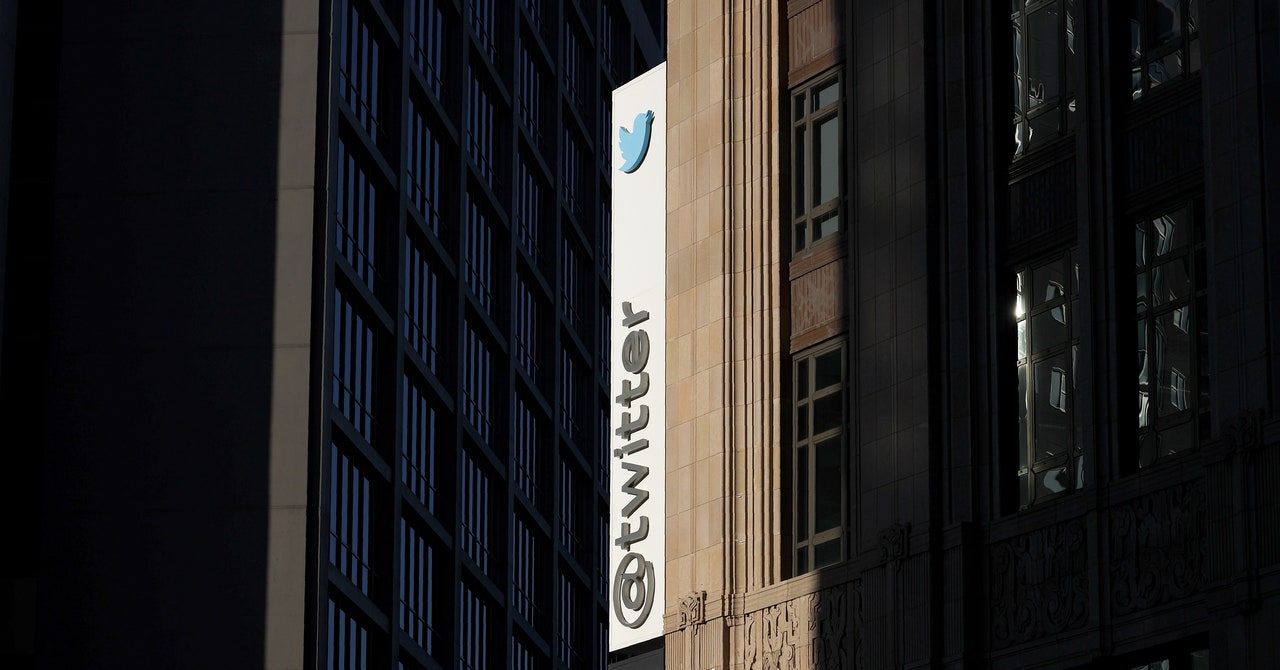Jane – not her real one name – wanted a baby for years. The Twitter employee, whose identity has been withheld because her contract prevents her from speaking to the press, has a blocked fallopian tube. “I’m not young,” says Jane. “So basically my chances of getting pregnant naturally were pretty slim. But with this my chance of getting pregnant naturally is almost zero percent. So the only option I have is IVF.”
But it is now unlikely that Jane will be able to receive IVF treatment. With the prospect of treatment perhaps just weeks away, she was fired on Nov. 4 along with 3,500 others in the wake of Elon Musk’s takeover. Jane’s plight, and that of colleagues around the world, highlights a problem that Musk’s quick layoff of Twitter staff has created: People are now without benefits that were essential to their health — and their future.
Twitter employees accessed benefits through a provider called Carrot. “It was meant to be a path to parenthood,” says Jane. The idea was that Twitter employees would be given access to about $24,000 a year this year and next to help those who struggled to conceive get treatments that could help them have children. Twitter provided staff with access to a variety of fertility treatments, from intrauterine insemination (IUI) to in vitro fertilization (IVF). “It pays off for things like consultants, and also for the actual IVF or the IUI,” says Jane. “It was great when they announced it.”
The policy, Jane understands, was introduced this year because one of Twitter’s senior executives went through something similar, and it became an issue the company wanted to highlight and provide support for. “It was very well received,” says Jane. “A lot of people knew how to take advantage of it.”
But now some people are stuck in the middle of treatment.
Jane began the process of IVF under the Carrot benefits scheme, which she was entitled to as a Twitter employee. But the process takes time: A battery of tests examines why someone can’t conceive naturally, then recommends a path to enable the person to try to have a child. The IVF treatment itself works at a measured pace, in part to ensure that those undergoing it can be guided between appointments. And Jane, along with other colleagues, is now stuck halfway through the treatment cycle. If their employment ends, their health insurance ends.
IVF treatment is not cheap. When Jane was fired from Twitter as part of the mass layoffs, she contacted the consultant she had previously seen on her Carrot deal. Continuing treatment would cost her $6,000. “That’s not something everyone has in their pocket,” she says.
A group of former Twitter employees is in the same situation. Some have managed to use their benefits to quickly pay for a treatment cycle. However, IVF usually requires two or three cycles to be successful. Others are told to stop their treatment immediately because they cannot get an appointment before their contract expires. “It’s heartbreaking to be honest,” says Jane. “To be so close to having a child and then being told it’s gone.”

